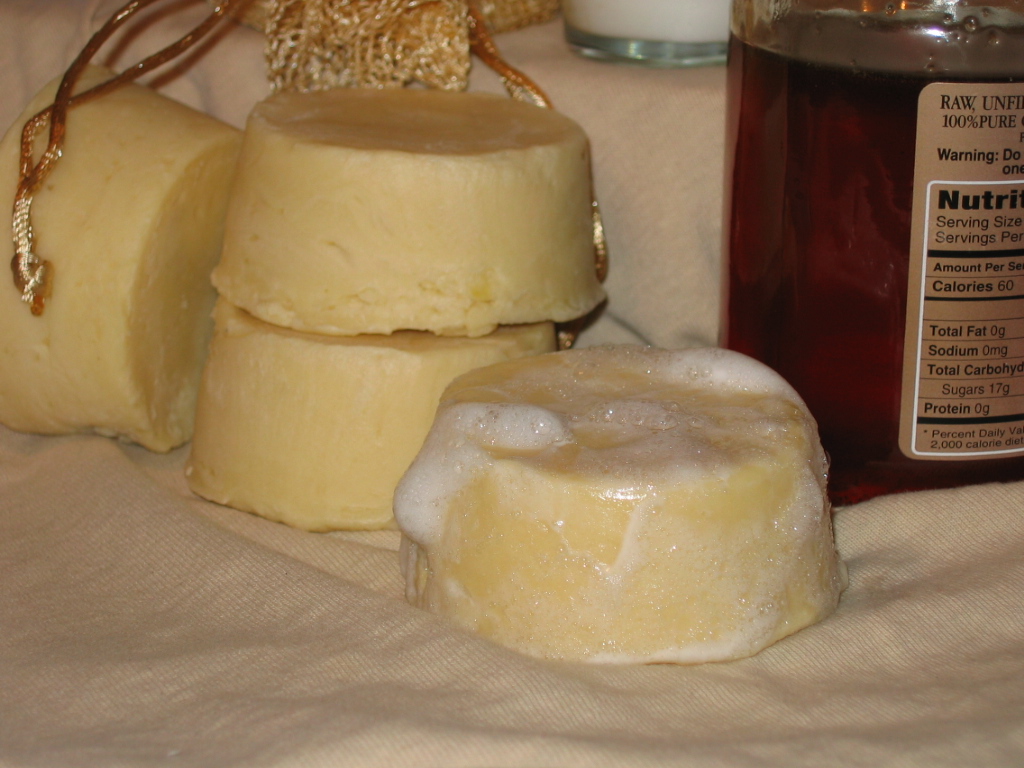Natural Fine Hair Care Tips, Part 1
By Lisa Maliga
People with fine hair often complain about how difficult their hair is to style and maintain. Oftentimes they abuse their hair with a lot of artificial. Fine hair is fragile hair. It’s often labeled as flat and limp. Commercial shampoos are made specifically for this hair type, many of them containing silicones, such as: dimethicone or cyclomethicone. While silicones [or any word ending in "cone"] are added to products like shampoo, conditioners, and hair serums to enhance shine, most people with fine hair don’t need them. Your hair is naturally shiny! If your hair is dull or you think it’s in need of taming, silicones may work initially, but over time there is a buildup which can weigh down your hair and dry it out, creating a cycle of damage that can result in hair loss.
To maintain fine hair, it’s important to be kind to it. Healthy hair is that which is grown from a healthy scalp. Here are some ways to help your fine hair become healthier.
Combs - Invest in a good wide tooth comb. Whether it’s made of wood, horn [bone], or sturdy plastic. The edge of each tooth must be flat so as to avoid damaging your hair. Wash your comb frequently as clean combs help keep your scalp clean.
Brushes – These are recommended for those of you who have straight to wavy hair. Boar bristles are best as they’re durable. Mason Pearson makes some of the best on the market. Depending on how oily your hair is, brush at least once a day, but do so very gently. Brushing stimulates the sebum, which acts as a protective barrier and moisturizer. Brushing also stimulates the scalp, which encourages hair growth. It’s also as important to keep your brush as clean as your hair. Never bush wet hair, as that’s when it’s at its weakest. Wash your brush with a shampoo bar at least once a week.
Air Dry/Towel Dry – using hairdryers or blowdryers, even on low settings, can cause breakage to fine hair. In the summertime, air drying is a lot easier. You can also use a microfiber towel or turban which cuts down on drying time. When using a towel, don’t yank or massage too vigorously.
Silk or Satin pillowcase – sleeping on one helps avoid tangled hair and even breakage. Cotton pillowcases have a rougher texture and can cause hair to get snagged on the fibers. Satin or silk allows the hair to slide over its slippery surface. Another option is to buy a satin or silk hair covering, (sometimes called a sleep cap or sleep bonnet) or scarf.
Shampoos -- To use a more natural and cost effective shampoo, consider a shampoo bar. They are simple to use, can clean your face and body, and they are easy to pack and don’t spill. Shampoo bars usually work well for fine hair. Additionally, they work in soft water and hard water areas. They contain no added colorants or preservatives. You can make your own, so check out the book How to Make Handmade Shampoo Bars.
Click here to read Natural Fine Hair Care Tips, Part 2

